Contents
Inverter
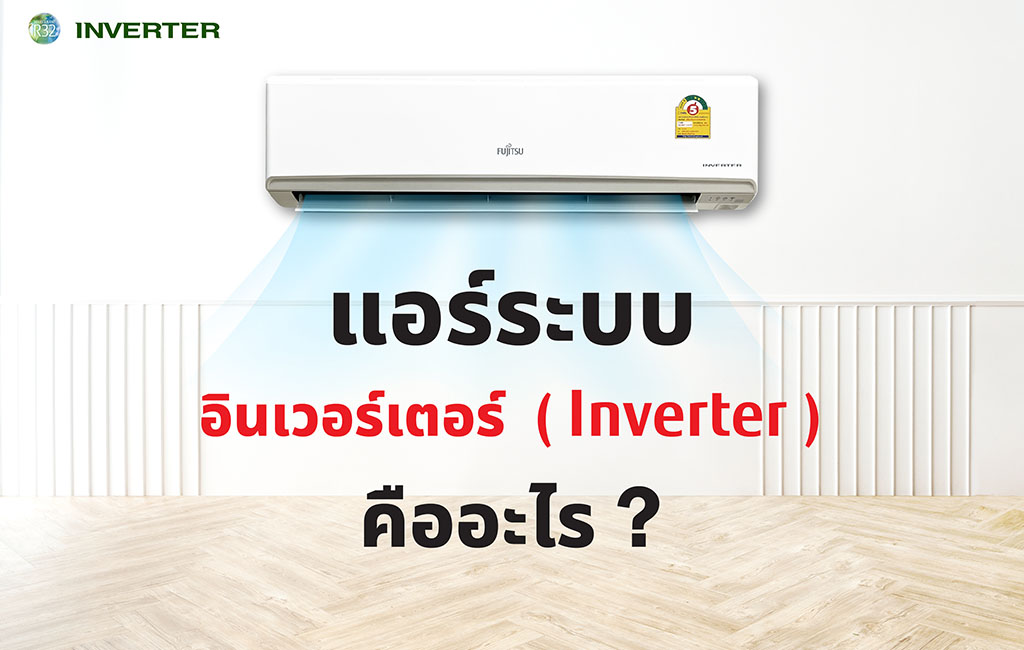
Many people may have heard of an Inverter system before because in addition to there being an inverter in an air conditioner. It is also present in other various electrical appliances such as refrigerators, televisions and servo motor control systems, etc. However, many people may still have doubts or questions about what an inverter system is exactly.
So, let's get to know the air conditioners inverter system.
What is an inverter system?
An Inverter serves to control the operation of the motor compressor automatically. For air conditioners, it involves the process of converting electricity from direct current (DC) to alternating current (AC) to control the motor cycle of the compressor. Which can be controlled more thoroughly than conventional air conditioners, Fixed Speed or Non-Inverter that can adjust the alternating current directly, just cut / connect the motor.
The process of the inverter system can adjust the Hz frequency of electricity before being sent to the compressor of the air conditioner, so the compressor speed can be controlled more flexibly, for example when the temperature in the room reaches the point that the user wants. The compressor runs softly but does not stop. It will keep cool at room temperature.
The Advantages and benefits of an air conditioning systems Inverter?
Cools quickly, keeps the room temperature consistent and stable.
When turned on, the inverter system allows the compressor to accelerate the cooling pressure to the maximum. The room will be cooled quickly and it works continuously with a non-stop compressor cycle reduction. The temperature in the room will be consistently cool and helps the user to feel pleasant.
Save more electricity
It helps to save up to 20-30 percent on electricity bills compared to conventional air conditioners.
When the air conditioner cools to the level set by the user The compressor will not stop, it stays on, just slowing down the motor to maintain the temperature. So, when the temperature in the room changes. The compressor does not have to start again. Other benefits include reduced power consumption and saving electricity.
Extends service life, no power surges & a quiet operation
Because the compressor has reduced the duty cycle. So, when the room is at the ideal temperature the evaporator and injection system reduce operating noise. This is quieter than a conventional air conditioner. In addition, not cutting the new start of the motor reduces the chance of a power surge making sure our air conditioners don't have to work too hard. This extends the service life of our air conditioners as well.
Type
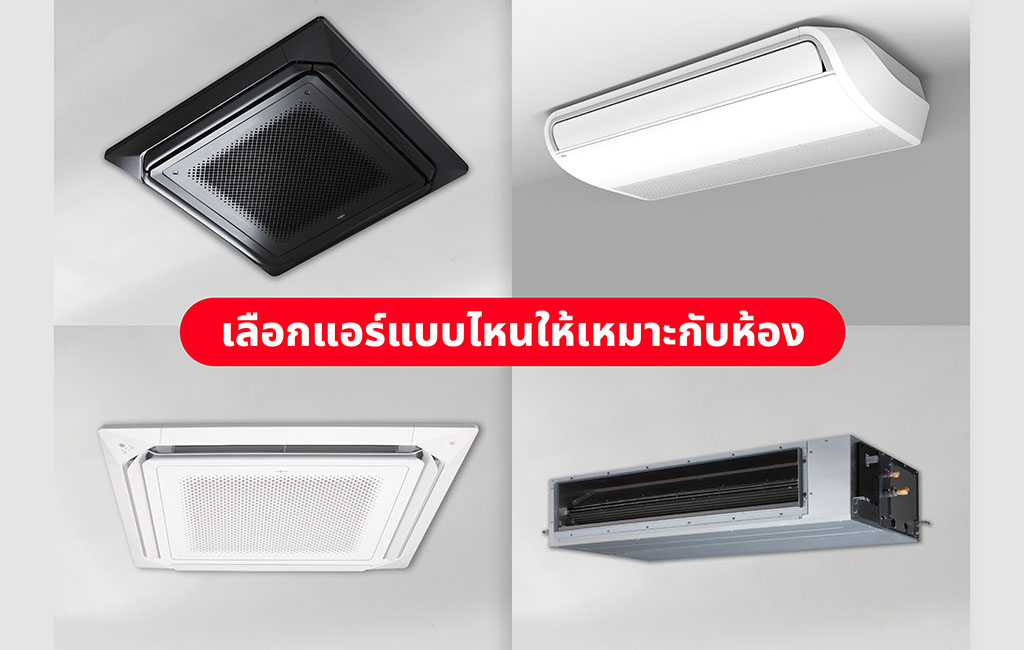
Choose the correct air conditioner to suit your room
Wall mounted air conditioner (Wall Type)
Wall mounted air conditioners are suitable for small to medium sized rooms such as bedrooms, living rooms or any room in the house. It is one of the most popular types of air conditioners. Due to its reasonable size, it can be conveniently installed and easy to maintain.
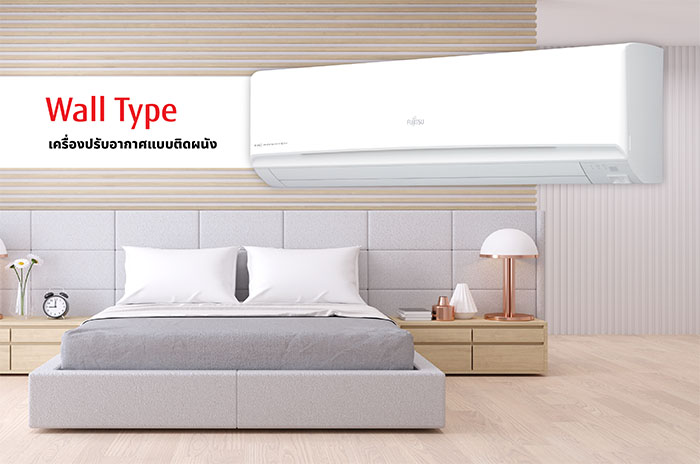
Air conditioner hanging under the ceiling (Ceiling Type)
Ceiling hung air conditioners are another popular type for installation in medium-sized rooms such as living rooms, offices or other medium to large rooms that need an air conditioner that can distribute cool air thoroughly. In addition to distributing the cold air well, another highlight of the air conditioner hanging under the ceiling is durability. They can be used for a long time due to the large internal system that helps to work at full efficiency.
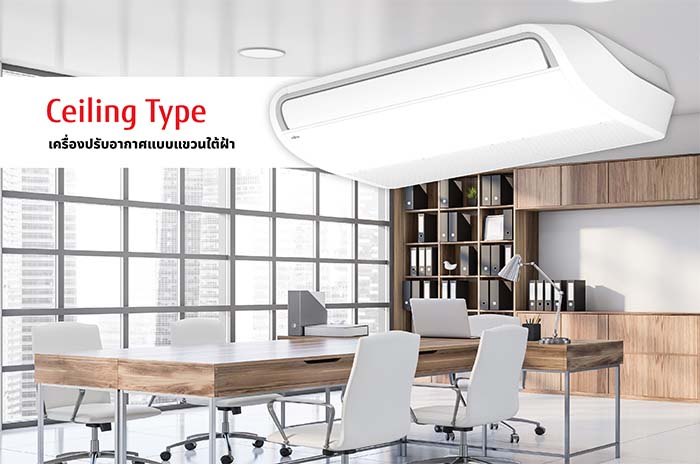
Cassette type air conditioner (Cassette Type)
The cassette air-conditioners are suitable for rooms with high and wide ceilings, such as an office or living room. The important feature of the cassette air conditioner is the air distribution in many directions, which in some models can distribute cool air up to 360 degrees, allowing the cold air to be distributed evenly. Including having a beautiful pattern that makes the air conditioner blend in with the ceiling and most importantly, it helps to save space for the room as well.
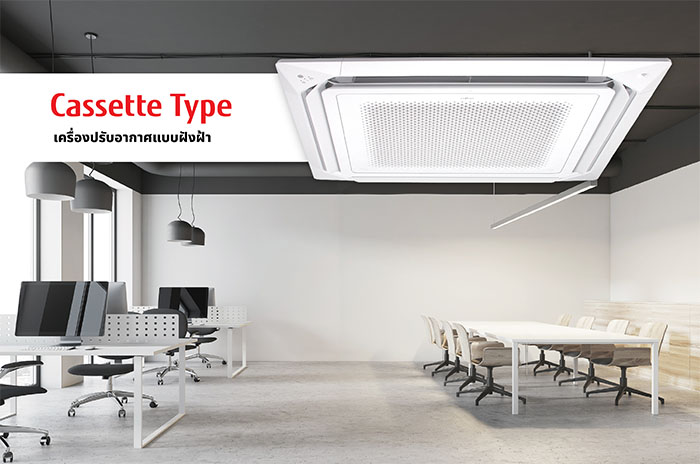
Duct type air conditioner (Duct Type)
Many people may not be familiar with the air duct model. Due to the form of air duct air conditioners, they are installed hidden inside the ceiling. Air ducts are suitable for a wide variety of applications, such as hotels and offices. The highlights of an air duct model include the quiet operation and a higher efficiency level than other models.
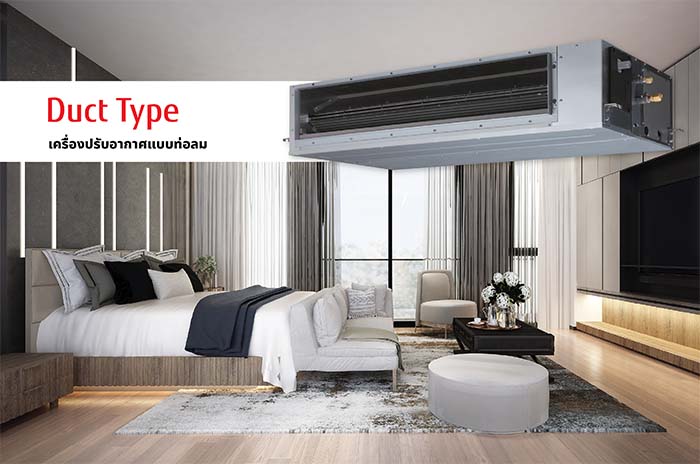
Points to check after installing the air conditioner
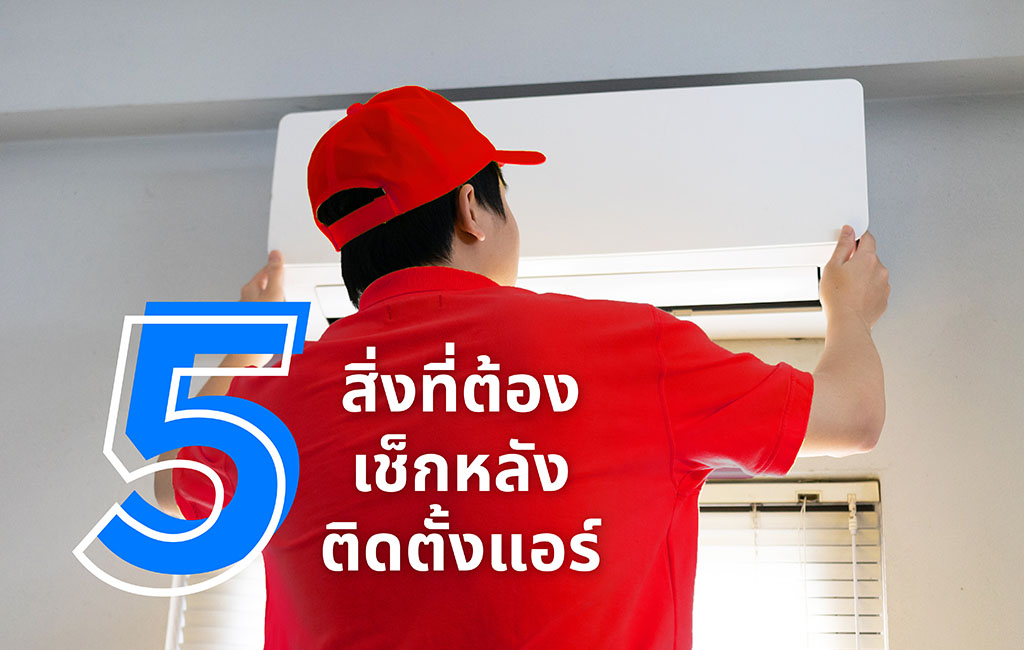
In hot weather like this. Would it not be better to have an additional air conditioner?
When installing a new air conditioner, what needs to be checked after the installation is finished?
5 things to check after installing a new air conditioner
1. Examine the exterior
Check the orderliness of the indoor and outdoor evaporator coils to see if there are any parts that are tangled or not, because if there are, it may be harmful in the long term.
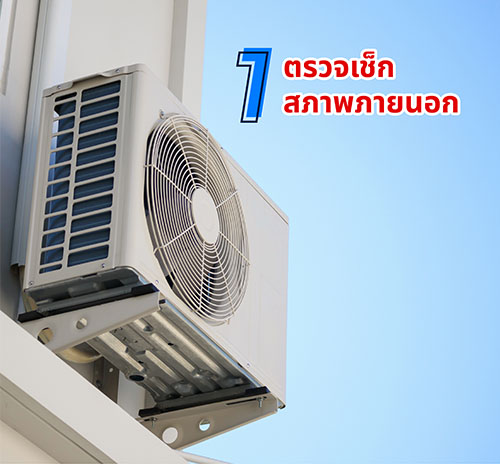
2. Check the installation distance
Check to see if the installation distance of the air conditioner is suitable or not. Normally, the cooling coil must be 20 cm or more from the ceiling and 10 cm or more from the right wall for good heat dissipation. The heating coil should be installed at a distance of more than 70 cm from the front obstruction.
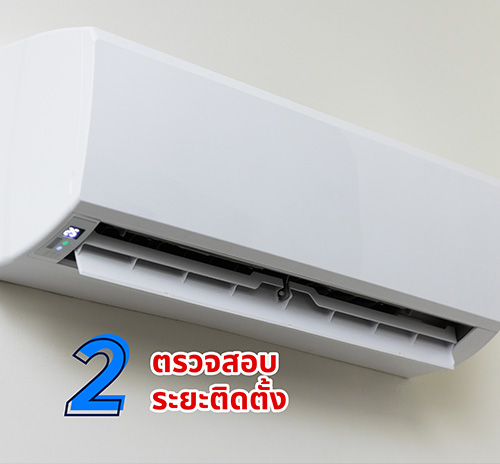
3. Check the usage of the remote.
Try all the features on the remote, especially the main mode that must be operated via the remote.
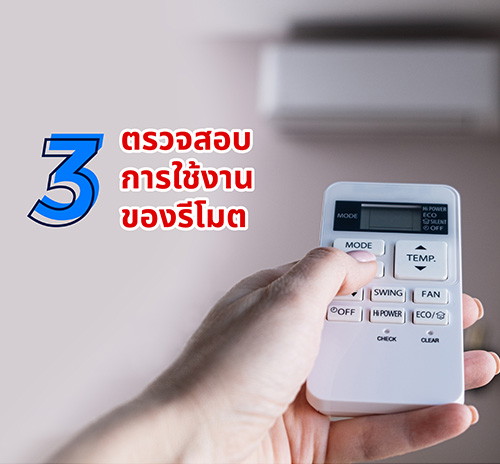
4. Listen out for abnormal sounds
Listen to the operation of the air conditioner, both the evaporator and the heating coil. Check whether there is any noise or any abnormality present.
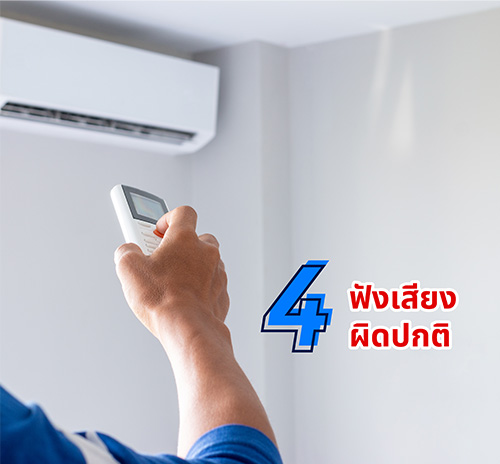
5. Check the valve
Check that there is no ice on the hose or valve after 10 minutes of turning on the air conditioner.
There should also be no water dripping from the front of the machine after turning on the air conditioner for about 30 minutes.
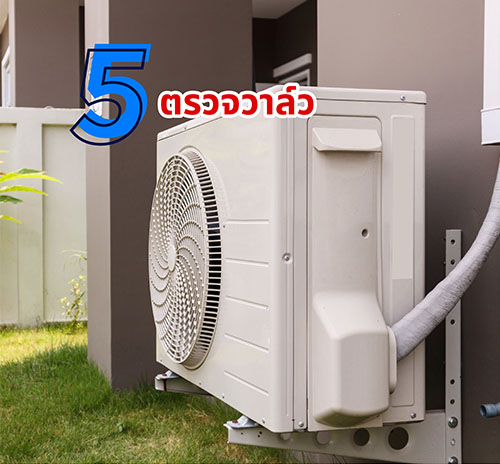




 Thailand | English
Thailand | English